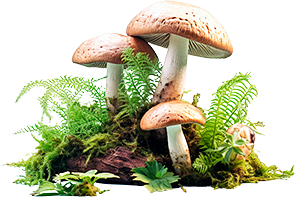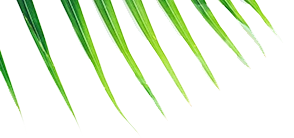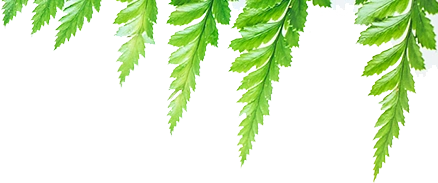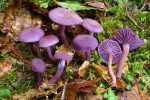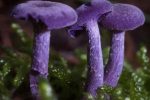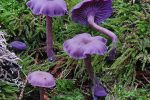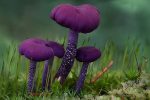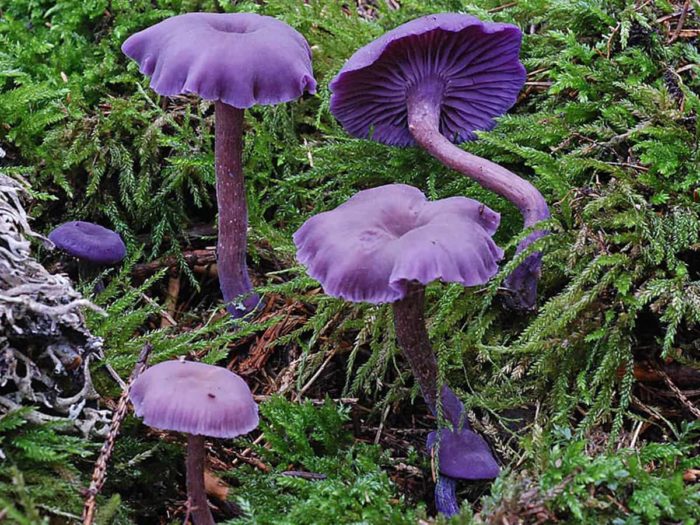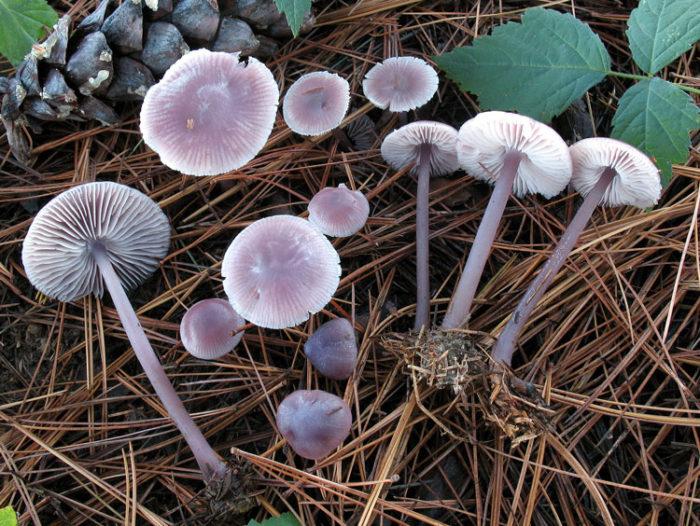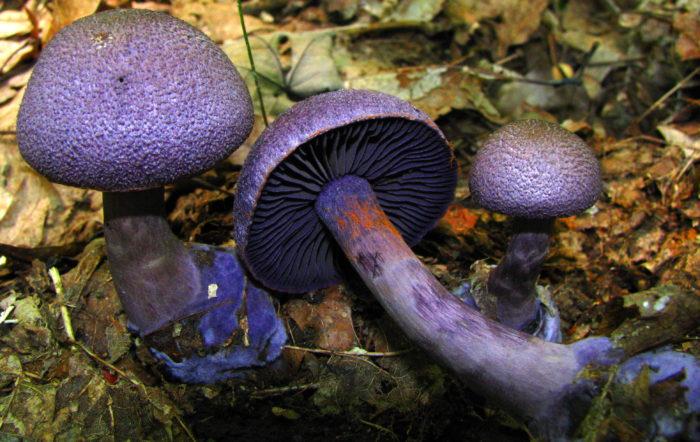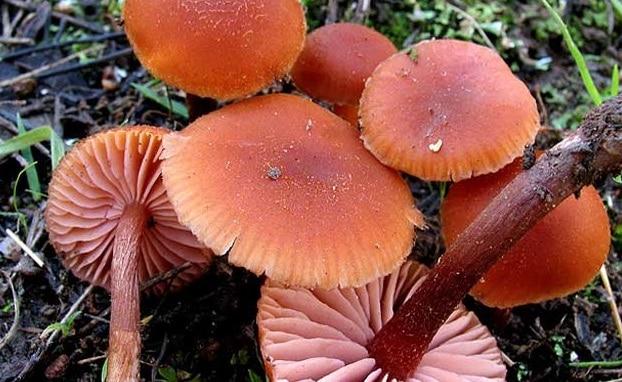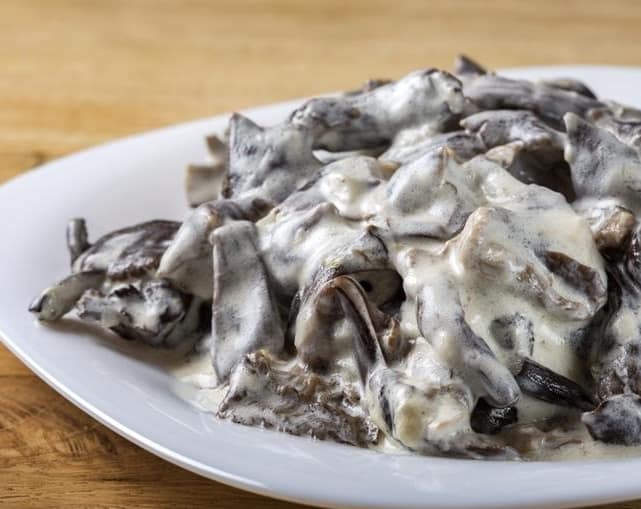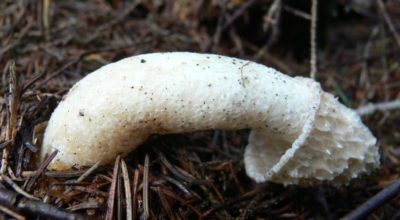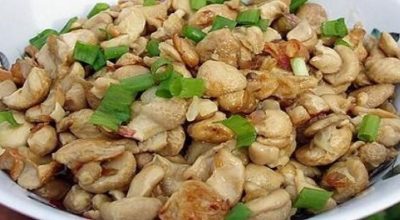Amethyst varnish belongs to edible mushrooms, although in its color the fruit body more resembles poisonous species and does not cause a special desire to cut it. Nevertheless, This type is successfully used in medicine and cooking.
Content
Description of the mushroom
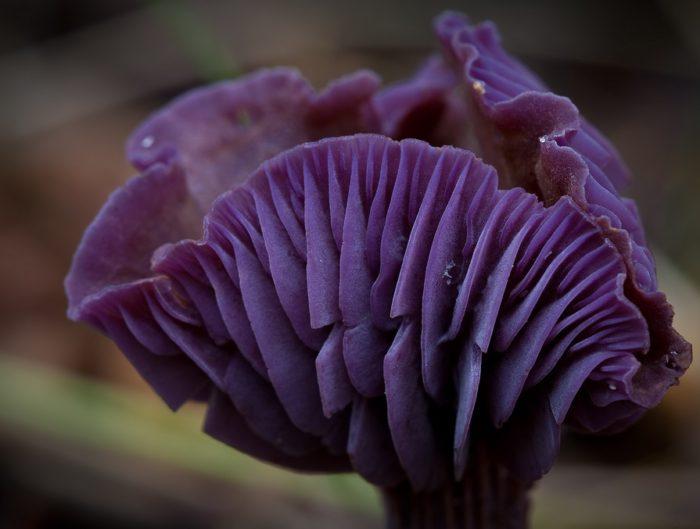
The spores of the mushroom are white. The pulp is thin. Like the outer part of the mushroom body, She has a lilac color.
A little story
Where and when it grows?
Important! With drought, the taste of the mushroom is significantly reduced, And he usually does not represent culinary interest.
Is it worth growing a lilies with a liking?
Amethyst varnish has pretty good taste. If desired, it can be grown on a personal plot. On an industrial scale, like champignons or oyster mushrooms, The mushroom does not get divorced.
- For landing, the acquisition of mycelium is required, which is usually sold in powder form. It is advisable to grow a lilies with a lilies under the trees.
- Before planting mycelium in volume, intended for the area in 1 m2, Mix mix with 500 g dry sand. Under the selected tree, the soil is removed to a depth from 5 to 15 cm depending on the location of the roots, form a groove around the barrel. Her bottom is loosened. Then, a mixture of sand with sand is evenly distributed along it.
- On top it is covered with a thin layer of forest fertile soil or garden, mixed with humus in the proportion 1:1. Planting is watered from a watering can or hose with a sprayer. On the square in 1 m2 It is required to pour 10 l water. After that, the groove is completely covered with earth, which was removed. In this way, mycelium can be planted from spring before the start of autumn.
- Lilova Lilovka Care is simple. In arid time, the mycelium is watered in volume 20 l on 1 m2. Top dressing is required 2 times a year. It is carried out during periods, when there is no formation of fruit bodies. At this time, the landing area is filled with humus - 15 kg on 1 m2.
False doubles
Начинающему грибнику надо точно знать, какие особенности есть у опасной копии и у съедобной лаковицы:
- Mycenapura или мицена чистая. Ядовитый двойник, which belongs to the category of hallucinogenic fungi. Its color is also lilac, but with a clear brownish tint. Также явственным отличием от съедобного вида является присутствие у двойника белых или серых пластинок и резкого запаха редьки.
The myzena is clean - Pautinnik purple. Съедобный двойник, which can deceive only a novice mushroom pic. Distinctive features are the presence of a fibrous film under a hat and larger sizes.
Pautinnik purple - Pink varnish. Edible mushroom, which has a light pinkish color and can be confused with a purple look in drought, When the latter is very pale.
Pink varnish
Important! So as not to be poisoned by false doubles, при малейшем сомнении в безопасности найденного гриба от него надо отказаться.
Assessment of taste, Therapeutic properties, benefits and possible harm
Гриб полезен для здоровья. Положительными свойствами лаковицы аметистовой являются:
- улучшение пищеварения;
- поддержание здоровья сердечно-сосудистой системы;
- повышение содержания гемоглобина в крови;
- выведение шлаков из организма;
- повышение прочности зубной эмали;
- укрепление органов зрения;
- снижение уровня холестерина в крови;
- Getting rid of excess weight.
The composition contains a large number of vitamins, macro- and trace elements and dietary fibers, which determines the benefits of the mushroom for health. В то же время он имеет и противопоказания к употреблению.
Вред организму лаковица может нанести в таких случаях:
- операции на кишечнике, проведенные менее месяца назад (из-за особенностей усвоения любых видов грибов);
- обострение гастрита и язвенной болезни двенадцатиперстной кишки или желудка (из-за повышенной нагрузки на ЖКТ при переваривании);
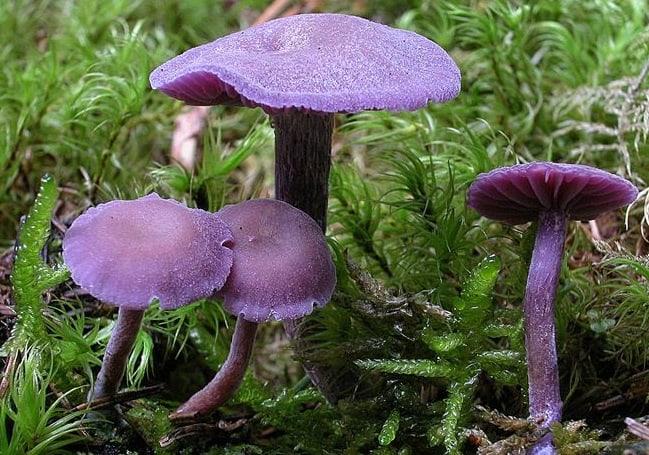
- колит – пищевые волокна будут раздражающе действовать на кишечник;
- панкреатит – гриб усиливает выделение желчи, что при данном заболевании недопустимо.
Important! Даже при отсутствии противопоказаний грибы могут вызвать опасное отравление, если они собраны в экологически неблагоприятном месте.
Cooking recipes
Primary processing
- Собранные грибы перебирают, удаляя мусор и червивые плодовые тела, а затем промывают в холодной воде в тазу.
- После их оставляют отмокать на 20–30 минут, вынимают из воды и чистят, удаляя со шляпок поврежденные слизнями кусочки.
- Резать или нет грибы, зависит от того, как их будут готовить. Сушить и морозить плоды лучше цельными.
Cooking
Freezing
Frog
Жарят отваренные грибы на сливочном или растительном масле. Для приготовления потребуются:
- грибы отварные – 500 G;
- масло сливочное или растительное – 1 Art. l.;
- dill – 20 G;
- 1 небольшая луковица;
- сметана – 2 Art. l.;
- muke – 1 десертная ложка.
Последовательность действий:
- Разогрейте масло на сковороде.
- Выложите грибы, обжарьте до золотистого цвета.
- Добавьте лук, зелень и сметану.
- Тушите 10 minutes.
- Всыпьте муку.
- Готовьте еще на протяжении 5 minutes.
Salt
Ingredients:
Step -by -step preparation:
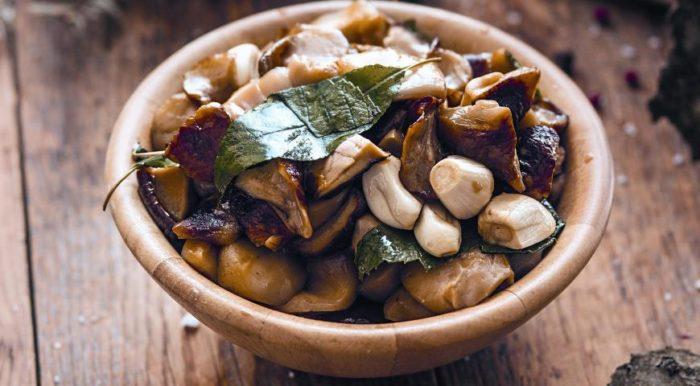
- mushrooms – 1 kg;
- garlic – 6 зубцов;
- The root of the horseradish – 1 pcs.;
- dill – 50 G;
- onion – 1 pcs.;
- salt – 2 Art. l.;
- tape – 1 Art. l.;
- vinegar – 3 Art. l.;
- Bay leaf – 2 pcs.;
- чёрный перец – 5 pea.
Cooking:
- Нарежьте грибы и положите в деревянную, пластиковую или эмалированную посуду.
- Добавьте чеснок, нарезанный корень хрена, укроп и лук.
- Смешайте соль с сахаром.
- Засыпьте грибы этой смесью и перемешайте.
- По желанию добавьте лавровый лист и чёрный перец, полейте уксусом.
- Установите гнёт.
- Уберите соление в прохладное место.
Лаковицы пускают сок через 3 the day, а есть их можно уже через 4 day.
